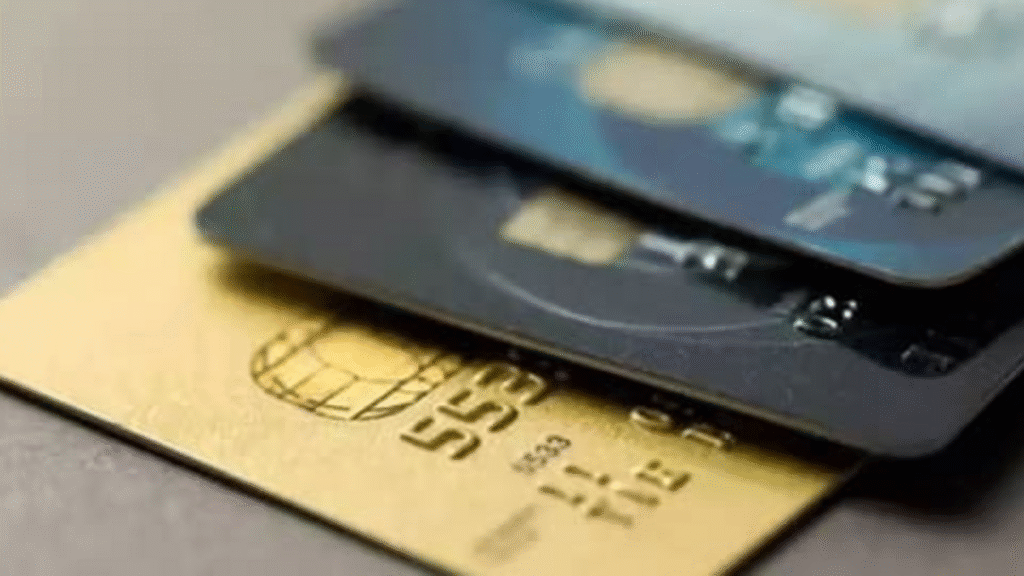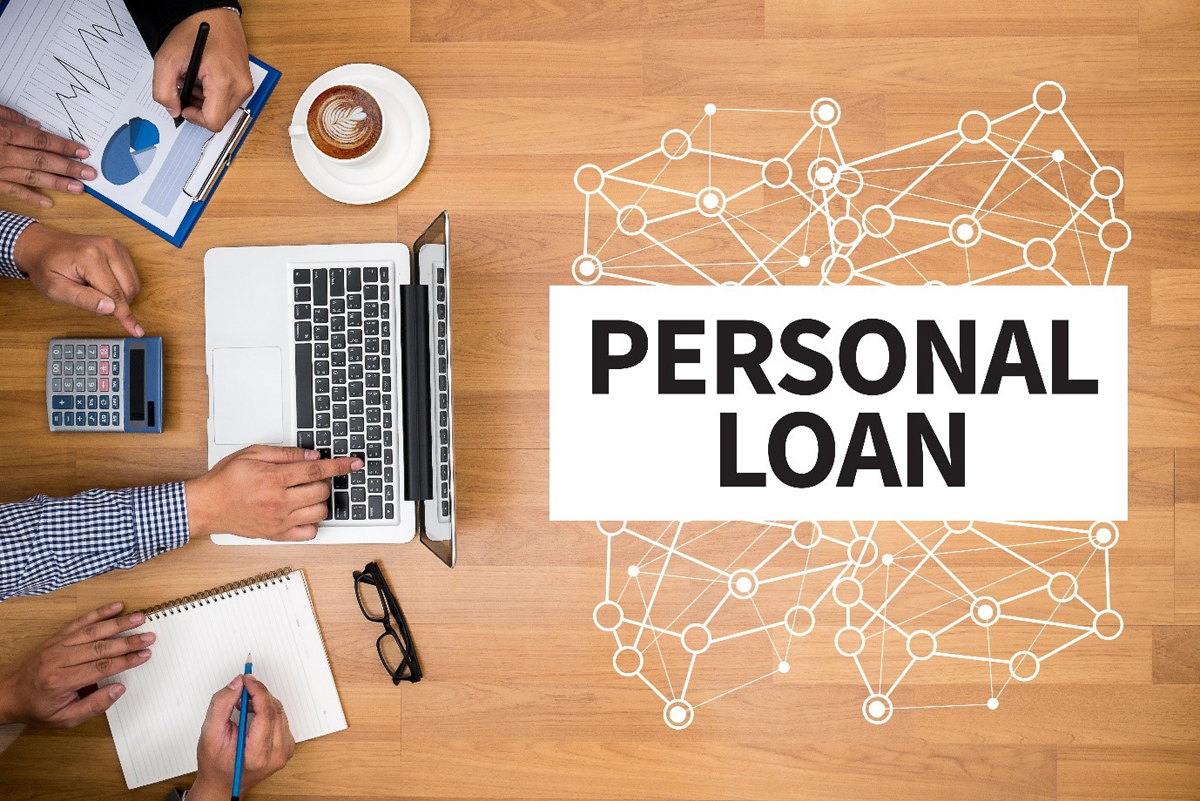Personal loans are a popular financing option for people seeking quick access to funds without collateral. But how do personal loans really work? Are they the right choice for you financially? In this comprehensive guide, we’ll break down the mechanics of personal loans, their benefits and risks, and how to evaluate whether one is worth it for your unique financial situation.
Key Takeaway
A personal loan allows you to borrow a fixed sum of money and repay it over time in fixed monthly payments, typically with a fixed interest rate. It can be a useful financial tool for consolidating debt, covering emergency expenses, or financing large purchases — but only if used responsibly and with an understanding of the costs involved.
What Is a Personal Loan?
A personal loan is an unsecured loan provided by a bank, credit union, or online lender that you repay in regular installments, usually over 2 to 7 years. The loan amount, interest rate, and term depend on your credit score, income, and overall financial profile.
Unlike auto loans or mortgages, personal loans don’t require collateral, meaning you don’t risk losing an asset if you default. However, because they are unsecured, they typically have higher interest rates.
How Does a Personal Loan Work?
Application Process
- Research lenders – Compare interest rates, loan terms, fees, and reviews.
- Prequalification – Many lenders offer a soft credit check to estimate your eligibility.
- Submit a formal application – Provide documents like proof of income, ID, and bank statements.
- Credit check and approval – A hard credit inquiry is made, and if approved, you receive loan terms.
- Funds disbursed – The money is typically deposited into your bank account within a few days.
- Repayment begins – Monthly payments begin after about 30 days, based on your agreed schedule.
Loan Components
- Principal – The original loan amount.
- Interest Rate – The cost of borrowing, typically fixed.
- Loan Term – Duration of repayment (usually 1 to 7 years).
- Monthly Payment – A fixed amount combining principal and interest.
- Fees – Some lenders charge origination fees, late fees, or prepayment penalties.
What Can a Personal Loan Be Used For?
You can use personal loans for almost any purpose, but common uses include:
- Debt consolidation – Combine multiple debts into one payment.
- Emergency expenses – Cover unexpected medical bills or car repairs.
- Home improvements – Fund renovation or repair projects.
- Major purchases – Finance weddings, travel, or large electronics.
- Education – Pay for courses not covered by student loans.
However, using a personal loan for discretionary spending should be approached with caution.
What Are the Pros of a Personal Loan?
Fixed Interest and Monthly Payments
You know exactly what you’ll pay each month, making budgeting easier.
No Collateral Required
Since personal loans are unsecured, you don’t need to risk personal assets.
Debt Consolidation Tool
With a lower interest rate, you can save money and streamline payments.
Quick Access to Funds
Approval and disbursement are often fast — sometimes within 1-3 business days.
Build or Improve Credit
Timely repayments can improve your credit score over time.
What Are the Cons of a Personal Loan?

High Interest Rates for Bad Credit
Borrowers with low credit scores may face APRs upwards of 30%.
Fees
Some lenders charge origination or prepayment fees, increasing the cost.
Fixed Loan Amount
Once disbursed, you can’t borrow more — you’d need to apply for another loan.
Potential for Debt Trap
Misuse or overreliance on loans can lead to unmanageable debt.
How Do Interest Rates Work on Personal Loans?
Fixed vs. Variable Interest Rates
- Fixed rate – The rate and monthly payment stay the same throughout the loan term.
- Variable rate – The rate can change based on market conditions (less common in personal loans).
What Determines Your Rate?
- Credit Score – Higher scores = better rates.
- Income & Debt-to-Income Ratio – Lenders want assurance you can repay.
- Loan Term – Shorter terms often have lower rates.
- Lender Type – Online lenders might offer more competitive rates than banks.
When Is a Personal Loan Worth It?
A personal loan might be worth it if:
- You’re consolidating high-interest debt into a lower-rate loan.
- You have a solid repayment plan and stable income.
- You need funds quickly for an emergency or necessary expense.
- You qualify for a favorable interest rate.
It may not be worth it if:
- You have poor credit and will be charged high interest.
- You plan to use the loan for nonessential or impulsive spending.
- You already struggle with debt and repayment discipline.
How to Compare Personal Loans Effectively
Key Factors to Consider
- APR (Annual Percentage Rate) – Includes interest rate + fees.
- Loan Term – A shorter term may save money on interest.
- Monthly Payment – Ensure it fits your budget.
- Fees – Look for origination, late, and prepayment penalties.
- Customer Support – Check reviews and service reputation.
Use a Loan Calculator
Estimate your monthly payments and total cost with an online loan calculator to compare offers effectively.
Personal Loan vs. Other Borrowing Options

Personal Loan vs. Credit Card
- Personal loan – Fixed payment, potentially lower interest for good credit.
- Credit card – Revolving credit, variable payments, and higher interest rates.
Personal Loan vs. HELOC
- Personal loan – No collateral, faster funding.
- HELOC – Uses home equity as collateral, usually lower interest but higher risk.
Personal Loan vs. Payday Loan
- Personal loan – Regulated, longer term, and better rates.
- Payday loan – Extremely high interest and short terms (often predatory).
Tips for Getting Approved for a Personal Loan
- Improve your credit score – Pay bills on time, reduce debt.
- Check your credit report – Fix any errors.
- Lower your debt-to-income ratio – Increase income or pay off existing debts.
- Compare multiple lenders – Prequalify without a hard credit pull.
- Provide accurate documentation – Incomplete info can delay approval.
How to Use a Personal Loan Responsibly
Create a Repayment Plan
Budget to ensure you never miss a payment.
Use Funds as Intended
Stick to the original purpose of the loan.
Avoid Overborrowing
Only borrow what you need and can afford to repay.
Pay On Time
Late payments hurt your credit and may incur fees.
What’s the Difference Between Secured and Unsecured Loans?
Description:
This article explores the key differences between secured and unsecured loans, including how collateral works, which types of loans fall into each category, and how to choose between them. It will dive into risks, benefits, interest rates, and real-life examples (e.g., mortgage vs. personal loan). A comparison table could enhance reader understanding.
How to Improve Your Credit Score Before Applying for a Loan
Description:
Guide readers through actionable steps they can take to improve their credit score — such as paying down debt, disputing credit report errors, and understanding credit utilization. Include time estimates (e.g., “How long it takes to see improvement”), how lenders view credit, and how better credit affects loan offers.
Debt Consolidation vs. Debt Settlement: What’s the Better Choice?
Description:
Break down the pros and cons of each approach for managing overwhelming debt. Include how each method impacts credit, timelines, fees, and when one is better than the other. This article can help readers make informed decisions and avoid scams.
Should You Take a Personal Loan to Pay Off Credit Card Debt?

Description:
A focused, decision-making guide for people juggling high-interest credit card balances. Explore the benefits of using a personal loan for debt consolidation, the risks of repeating debt cycles, and how to evaluate whether this strategy is financially sound.
How Do Loan Interest Rates Work? A Beginner’s Guide
Description:
Explain APR, fixed vs. variable rates, and the factors that influence what rate someone receives. Include examples of how different interest rates impact total repayment. Ideal for financial literacy campaigns and educating younger or first-time borrowers.
The Pros and Cons of Borrowing Money Online
Description:
Examine the rise of online lenders, fintech apps, and peer-to-peer lending. Highlight benefits such as convenience and speed, but also cover risks like scams, data privacy concerns, and variable service quality. Great for SEO targeting fintech topics.
Emergency Loans: When, Why, and How to Use Them Wisely
Description:
Many people take loans during crises without fully understanding the implications. This article helps readers assess whether an emergency loan is necessary, what alternatives exist, and how to avoid falling into a debt trap during stressful times.
How Much Can You Really Afford to Borrow?
Description:
A deep dive into responsible borrowing strategies. Discuss calculating monthly payments, understanding DTI (Debt-to-Income) ratio, budgeting for loan repayment, and avoiding predatory loans. Include charts or calculators to add value.
The Hidden Costs of Personal Loans You Need to Know
Description:
Even low-interest loans can come with fees that add up. Cover origination fees, prepayment penalties, late fees, and how to spot these costs in loan agreements. Help readers learn to compare offers beyond the APR.
Can a Personal Loan Help You Build Credit?
Description:
Explain how personal loans are reported to credit bureaus, how on-time Payments boost scores, and how to avoid pitfalls like overborrowing or missed payments. Also touch on credit-builder loans and secured loan options for credit building.
Also Read : How to finance your MBA without going into debt
Conclusion
Personal loans can be a valuable financial tool — but they aren’t free money. Understanding how they work, their costs, and when they make sense is essential to using them wisely. When used for strategic purposes like debt consolidation or covering essential expenses, and when managed responsibly, personal loans can help you gain control over your finances. However, they can become burdensome if misused or taken without considering the long-term implications.
FAQs
Can I get a personal loan with bad credit?
Yes, but you may face high interest rates or require a co-signer. Some lenders specialize in loans for people with less-than-perfect credit.
How quickly can I receive funds from a personal loan?
Most lenders disburse funds within 1–5 business days after approval. Some offer same-day or next-day deposits.
What is the typical interest rate on a personal loan?
Rates vary from about 6% to 36%, depending on your credit score and the lender.
Do personal loans affect my credit score?
Yes. A hard inquiry during application can slightly reduce your score, but timely payments can boost it over time.
Can I pay off my personal loan early?
Often, yes. But check your loan terms to ensure there’s no prepayment penalty.
What happens if I miss a payment?
You may incur late fees and damage your credit score. After prolonged delinquency, the loan may go to collections.



